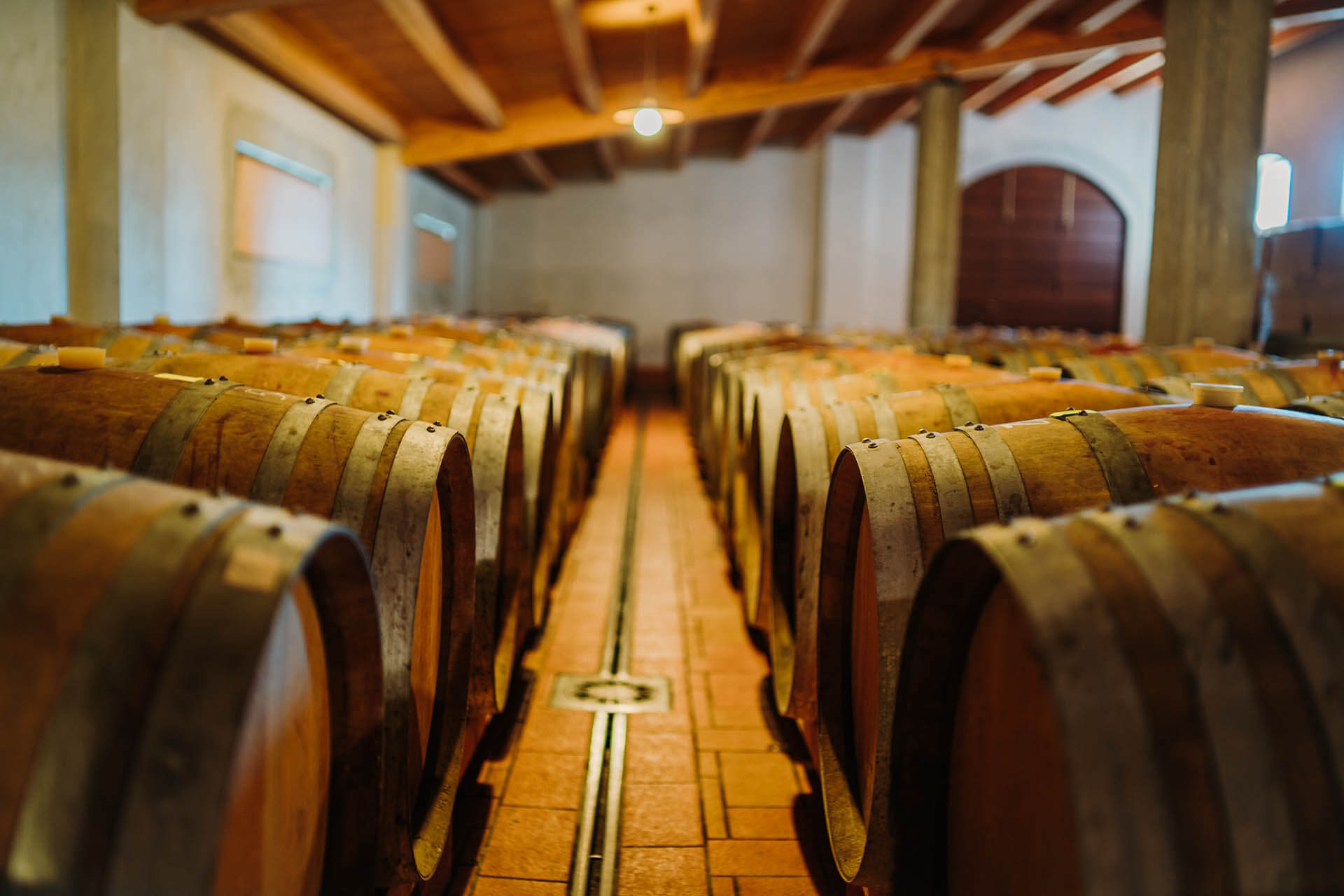VINEYARDS
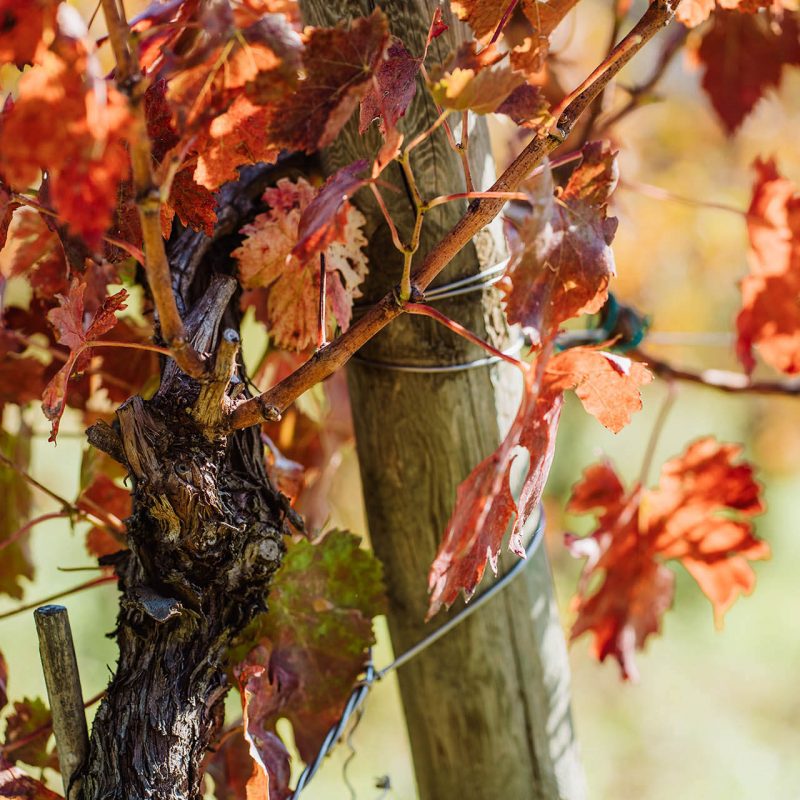
The company is based in Montignano, a village in the municipality of Senigallia, within the DOC Lacrima di Morro d’Alba production area. A landscape of hills gently sloping towards the coast, with the gulf of Ancona in the background and the blue line of the Adriatic sea peeking out beyond the hill of Montignano, which protects us from the northern currents.
LANDSCAPE AND
T E R R O I R

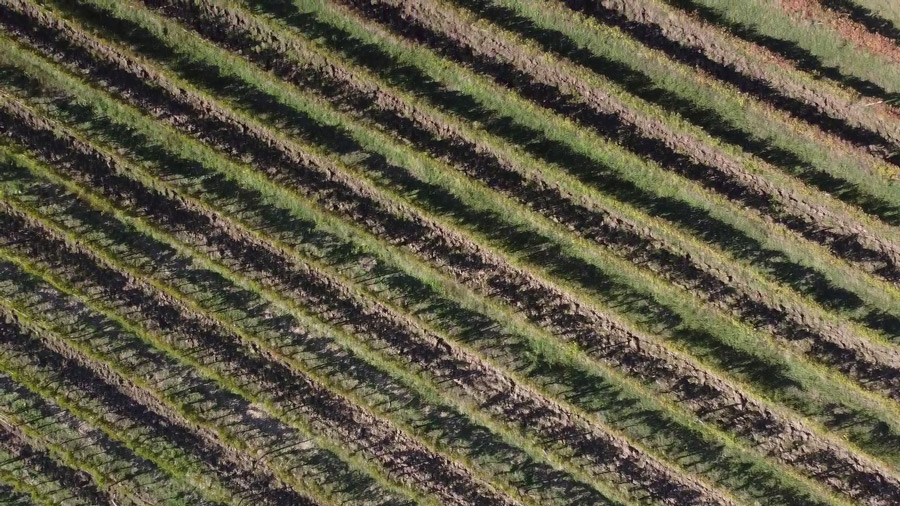
“Since I was a child, when I first started to discover these places with my father, I’ve felt that Montignano was a special place. The quality and uniqueness of the grapes it has given me over the years prove that everything depends on its microclimate, the sea breezes, the mineral characteristics of the soil and the health of the vines, combined with the daily work we put into them. Every year we try to merge all these aspects into our wines, so that they reflect the identity of this place.”
That corner of the world smiles for me more than anywhere else.
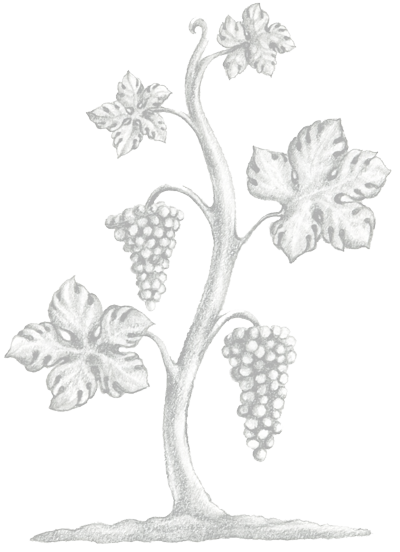
Horace

ORGANIC
T H E V I N E Y A R D S
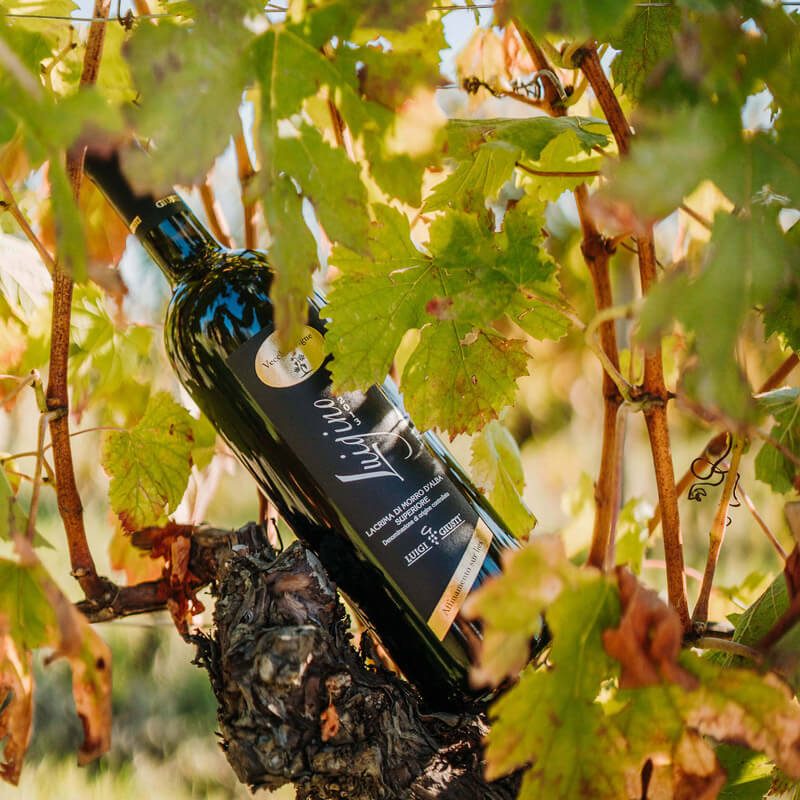
Today, the winery has 13 hectares of Lacrima di Morro d’Alba, as well as 2.5 hectares divided between Verdicchio, the other top class grape from the Marche region, and other black grape varieties.
Planting distances range from 3500 to 4500 vines per hectare. The form of cultivation is guyot, and pruning is done without large cuts in order to respect the integrity of the vines.
We follow the rules of organic viticulture, which is the best way to preserve the soil and to have fruits that express their vitality and identity, while showing the traits of each vintage. We allow only organic fertilizers, do green manure, and use only copper and sulphur-based contact products.
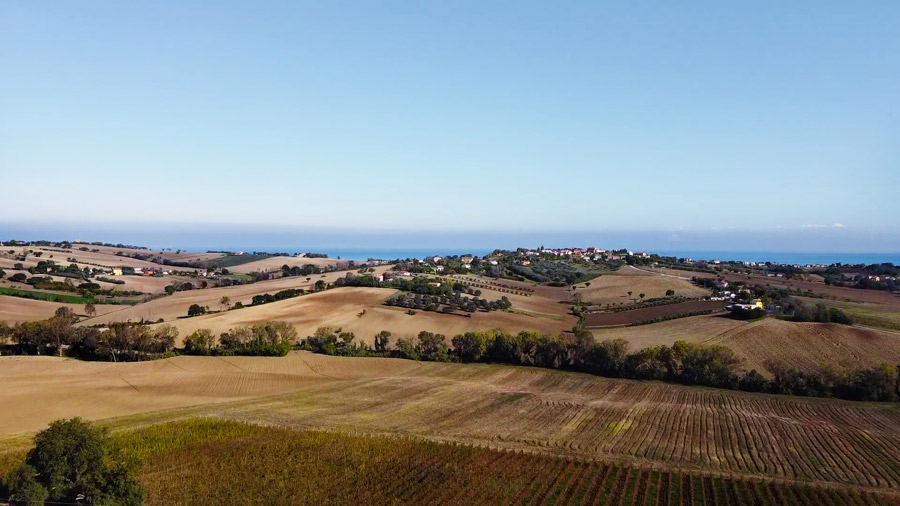

Today, the winery has 13 hectares of Lacrima, as well as 2.5 hectares divided between Verdicchio, the other top class grape from the Marche region, Incrocio Bruni 54, and other black grape varieties.
Planting distances range from 3500 to 4500 vines per hectare. The form of cultivation is guyot, and pruning is done without large cuts in order to respect the integrity of the vines.
We follow the rules of organic viticulture, which is the best way to preserve the soil and to have fruits that express their vitality and identity, while showing the traits of each vintage. We allow only organic fertilizers, do green manure, and use only copper and sulphur-based contact products.
THE HARVEST
O U R G R A P E S
We reduce the yield of grapes per vine by limiting the use of fertilizers, performing short pruning and removing the excess bunches.
Harvesting is done according to the level of ripeness, with different manual steps in which the grapes are placed in small crates and immediately brought to the winery. The bunches, after destemming, undergo meticulous selection by hand, and then a slow maceration begins.


METHODS OF
V I N I F I C A T I O N
The fermentation of the grapes takes place, for red wines, at controlled temperature for about 20-24 days in wooden or steel tanks.
Maturation then follows in steel, cement or wood, for 4 to 10 months, depending on the type of wine, and taking into account that in order to enhance the features of each vintage different solutions might be ideal, while always respecting the nature of the grape.
Our whites and rosés ferment in steel and remain in contact with their fine lees for 2-3 months before being bottled and refined for at least two months.
Our
W I N E R I E S
All vinification processes are carried out entirely in our Castellaro winery.
Our second winery, located in Castelferretti, was once the ancient granary of the Ferretti family and the heart of the agricultural activity of the village up until around the 1840s when, under the management of the Ricotti family, its activity slowly transitioned to winemaking.
Since the 1950s, it has been our family’s property, and nowadays the ageing of our wines takes place here.
